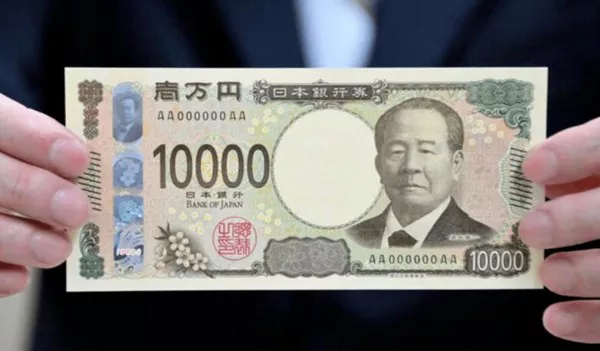The Japanese Yen (JPY) experienced a decline against the US Dollar in the early European session on Friday, retracing from its over a two-week high reached the previous day. This downturn is attributed to increased optimism surrounding potential stimulus measures from China and diplomatic initiatives for a ceasefire in the Palestinian enclave, which have bolstered investor confidence and weakened the JPY’s safe-haven appeal. Despite a rebound in US Treasury bond yields, several factors are expected to limit significant downside for the JPY.
Investors are increasingly convinced that the Bank of Japan (BoJ) may shift away from its ultra-dovish policies in the coming year. In contrast, the market continues to anticipate a series of rate cuts by the Federal Reserve (Fed) in 2024, despite the central bank‘s recent resistance to such expectations for March. This has kept the US Dollar (USD) subdued, placing it near the weekly lows and capping potential gains for the USD/JPY pair. Traders are exercising caution ahead of the release of the US monthly employment report or the Non-Farm Payrolls (NFP) report later today.
Japanese Yen Erodes Weekly Gains, Bulls Supported by Fundamental Backdrop
According to Reuters, Hamas has received a proposal for an extended pause in the Gaza conflict in exchange for releasing remaining hostages. This, combined with expectations of additional stimulus from China, has further undermined the safe-haven status of the Japanese Yen.
Tensions persist in the Middle East after the US pledged to take “all necessary actions” following a drone attack in Jordan, and Houthi forces in Yemen continue to target shipping in the Red Sea.
A recent official factory survey indicated a fourth consecutive monthly contraction in manufacturing activity in China, suggesting ongoing challenges for the world’s second-largest economy.
The Japanese Yen may find support from the Bank of Japan’s hawkish stance last week, signaling confidence in achieving inflation goals and paving the way to lift interest rates out of negative territory in March or April.
The US Dollar has experienced a notable reversal from the year-to-date peak on Thursday, with growing acceptance that the Federal Reserve is approaching a long-anticipated shift towards interest rate cuts this year. Fed Chair Jerome Powell stated on Wednesday that interest rates have peaked and are expected to decrease in the coming months, though he strongly rejected market expectations for a move in March.
Investors are eagerly awaiting the release of the US monthly employment report (NFP), with expectations of 180,000 jobs added in January. Meanwhile, the Unemployment Rate is anticipated to edge higher to 3.8% from December’s 3.7%, and Average Hourly Earnings growth is expected to remain steady at the 4.1% year-on-year rate.
Technical Analysis: USD/JPY Faces Hurdles for Recovery
From a technical perspective, the USD/JPY pair faces challenges as it broke through the 100-period Simple Moving Average (SMA) on the 4-hour chart and the 23.6% Fibonacci retracement level of the December-January period, favoring bearish sentiment. Oscillators on the chart indicate a negative stance, with a potential move towards the 38.2% Fibonacci level around 145.55. A breach below 146.00 may signal deeper losses, possibly reaching the psychological mark of 145.00, representing the 200-period SMA on the 4-hour chart.
On the upside, the 146.75 region acts as an immediate hurdle, followed by the 147.00 mark and the 147.15 area (the 100-period SMA on the 4-hour chart). Sustained strength beyond these levels could shift the bias in favor of bulls, paving the way for a potential uptrend resumption towards 148.00 and the double-top resistance at 148.75-148.80, the year-to-date peak touched in January.

























